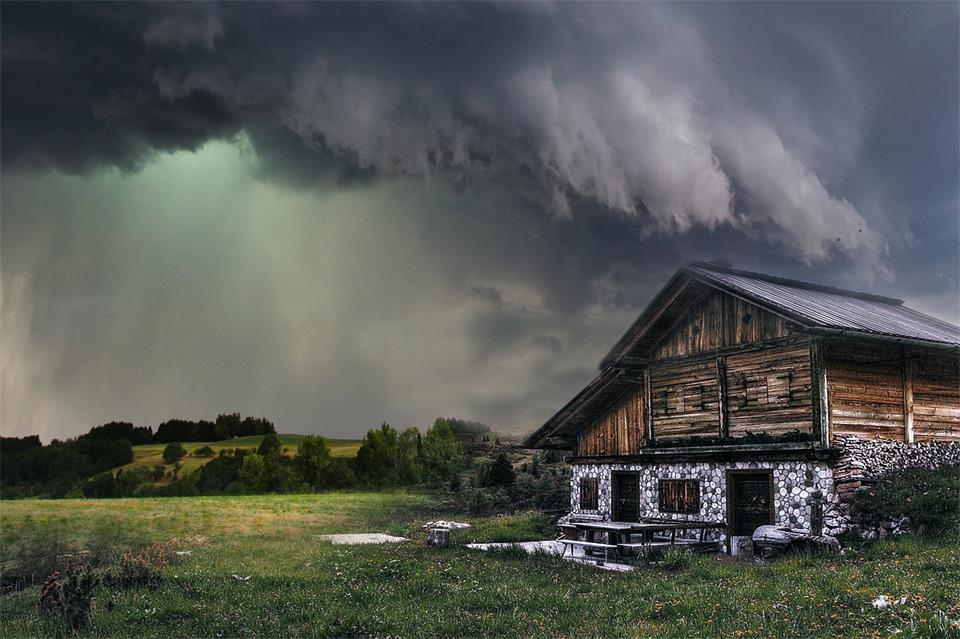Storms seem just like bad memories that leave their impact for a long time. The aftermath can be overwhelming for any homeowner as cause broken windows and electrical hazards.
Effective damage restoration services require quickly evaluating the damage and protecting the property. This blog contains all the essential tips to restore your home and prevention recommendations for the future.
Types of Storm Damage
Storms affect homes in a different way. It’s important to understand what type of storm causes damage to your home. Summon common types of storms are,
- Wind Damage: Strong winds can break down the windows and door. Even the gutters may lose their lids, and the garbage starts to accumulation in them. These situations can become critical in the future.
- Hail Damage: They can damage your home in a few minutes. Mostly, they have serious effects on roofs and siding.
- Water Damage: When heavy rain starts, there is a greater chance that it will damage your home. The walls and floor get more affected if water stays for a long time. It becomes more serious when mold starts growing over water.
- Mudslides: If you are living near hills or slopes, then there is a possibility that a storm may cause mudslides. The mud waves also contain debris with them, which may damage or block your home foundation.
Tips for Restoring Your Home after Storm Damage
We cannot ignore the storm damage, whether they are minor or major. If you also face such a condition, these tips will be really helpful to you.
- Assess the Damage Safely
Safety is the one thing on which we cannot compromise in any condition. Therefore, after a storm or heavy rain, always check your power lines and gas leaks. Before touching them, try to use protective gloves and boots. If you found any damage, take a picture of it (while taking pictures, do not touch them). It will help you to cover the insurance cost.
- Address Water Damage Quickly
The standing water is also a cause of damage to your property. The Algae start growing over the surface of standing water. It can also ruin flooring and weaken the walls of a building. Firstly, try to remove the water with the help of pumps or wet vacuums. Then, dry the area by using dehumidifiers and fans.
- Inspect the Roof and Exterior
The areas that take the hardest hit during storms are the roof and exterior parts. While inspecting, always make sure that there is no shingle missing. Also, check your gutters to ensure the steady flow of water. It’s important to notice the cracked and broken windows to repair them on time.
- Focus on Structural Integrity
Sometimes you may not see any damage externally, but it exists internally. This condition is more dangerous. Therefore, it’s necessary to pay detailed attention to minor cracks and uneven floors. If you notice anything that is concerning, then it’s better to contact an engineer. They can solve the problem before it causes a major distortion.
- Check Electrical Systems and Appliances
When water and electricity come at once place, they become more dangerous. Therefore, it is suggested that you do not turn on any electric appliance after a storm. If you notice a spark or flickering in the light, then call an electrician. That means there is an issue with the electric system.
- Mold Prevention and Safe Cleanup
Mold has the ability to grow quickly over the water’s surface. It usually starts growing within 2 days. To prevent it, make sure to dry the affected areas and improve the ventilation. Also, make sure to clean the non-porous surfaces with mold-killing solutions. It can also lead to some serious health issues, so do not ignore it.
- Restore Landscaping and Outdoor Spaces
Storms also leave a severe impact on yards and outdoor structures. Therefore, it’s necessary to clear the fallen branches, trim unstable trees, and remove debris. Also, clear the landscaping that improves safety and boosts curb appeal.
Prevention Tips: Plan for Future Protection
When you are done with the restoration of your home, the next step is to take preventive steps. These will help you to control future damage.
- Use a strong roofing material in the construction of roofs.
- Always keep your gutters clean and maintain the flow of water.
- Do some work for the maintenance of the home after every 3-6 months.
- Keep an emergency kit ready, which may contain a first aid kit and a battery.
Final Words
It can be a stressful task to fix your home after a storm. The right techniques make the process more smoother and easier. Once your home is restored, focus on future protection with regular maintenance.





